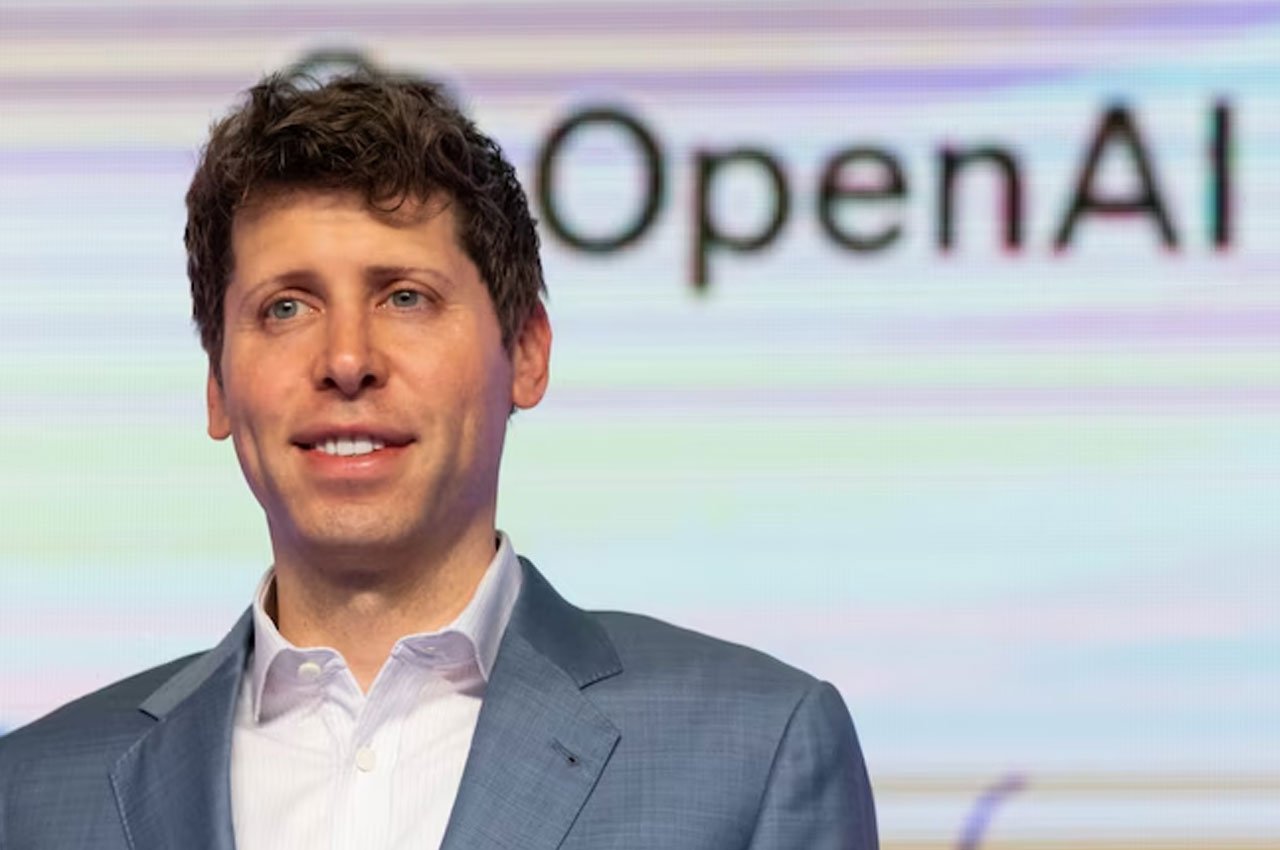OpenAI CEO Sam Altman. Photo Credit: moneycontrol
OpenAI CEO Sam Altman has made a bold statement about the limitations of current hardware, saying that today’s computers weren’t built for an AI world. In a significant shift from his earlier stance, Altman emphasized that the traditional computing infrastructure—both hardware and software—was not designed to support the advanced capabilities and demands of modern artificial intelligence.
From Compatibility to Capability
As featured by Money Control, until recently, Altman maintained that AI would thrive within the existing tech ecosystem. However, his latest remarks reveal a turning point. He now asserts that traditional laptops, desktops, and even smartphones are outdated when it comes to running highly intelligent AI models. “Everything from processors to interfaces was designed for a pre-AI world,” Altman said, adding that AI-first systems will need to be reimagined from the ground up.
This shift in perspective signals a growing realization across the tech industry that artificial intelligence is not just another feature—it demands a radical overhaul of our digital tools.
The “Third Device” Vision
To address these shortcomings, OpenAI is reportedly working on a “third device”, envisioned as a revolutionary form of hardware designed specifically for AI interaction. Unlike current smart devices, this new form factor is expected to rely on voice, contextual awareness, and environmental inputs, rather than screens and touch interfaces. It aims to provide a seamless user experience where AI is not just an app—but the operating system.
This device is being developed in partnership with renowned designer Jony Ive, the former Apple design chief, known for his work on the iPhone and iMac. While details remain under wraps, it’s believed the device will be compact—either pocket-sized or designed for desktop utility—but not wearable or in-ear.
Why the Current Tech Stack Falls Short
Altman’s remarks shed light on a deeper issue: the misalignment between current hardware capabilities and the needs of next-gen AI. Existing computers focus on speed, memory, and battery life for general-purpose use, but AI applications require intense computational power, low-latency response, and real-time environmental processing—capabilities not native to current consumer-grade machines.
This insight has also been echoed by other industry leaders, who agree that AI’s evolution will eventually outgrow the devices we’ve relied on for decades.
Education and Accessibility: A Double-Edged Sword
Sam Altman sees the future of AI hardware as one that could revolutionize education by providing highly personalized, context-aware learning tools. A smart AI device could, in theory, respond to student emotions, voice inflections, or even confusion in real time—creating a feedback loop never before possible in mainstream classrooms.
However, the flip side is access. As with any technological shift, concerns about affordability, digital divides, and regional inequities are likely to emerge. Altman’s vision assumes wide-scale adoption—but without policy safeguards, it may risk leaving parts of the population behind.
A Timeline for Transformation
According to Altman, this new “third device” could launch within the next year or two. He anticipates it could become one of the fastest-adopted consumer technologies in history, potentially reaching 100 million users in record time. While this prediction is ambitious, it reflects OpenAI’s growing confidence in its roadmap—not only for software dominance but also hardware leadership.
This isn’t just about building another gadget. It’s about reshaping the way we interact with machines in an AI-first world.
Looking Beyond the Screen
Altman’s recent commentary also connects to broader themes within AI development. He has previously suggested that AI may already surpass human intelligence in certain cognitive tasks, and he expects artificial general intelligence (AGI) to emerge by the 2030s. Creating new hardware for this AI-driven future is part of OpenAI’s broader infrastructure strategy—alongside investments in chips, data centers, and software platforms. With the acknowledgment that today’s computers weren’t built for an AI world, OpenAI is taking steps to lead not only in software innovation but also in how humans and machines coexist through design. The coming “third device” may become the defining product of the AI era—changing how we work, learn, and live.
For more tech stories click here
Follow us for latest updates:




